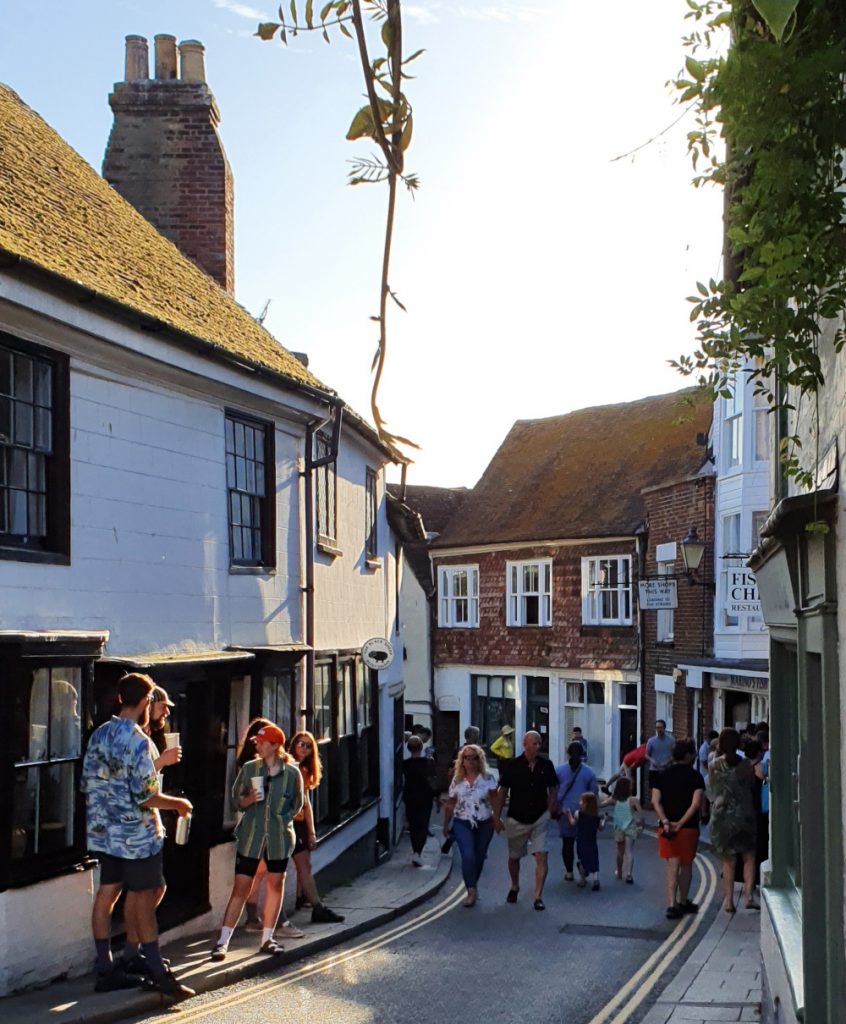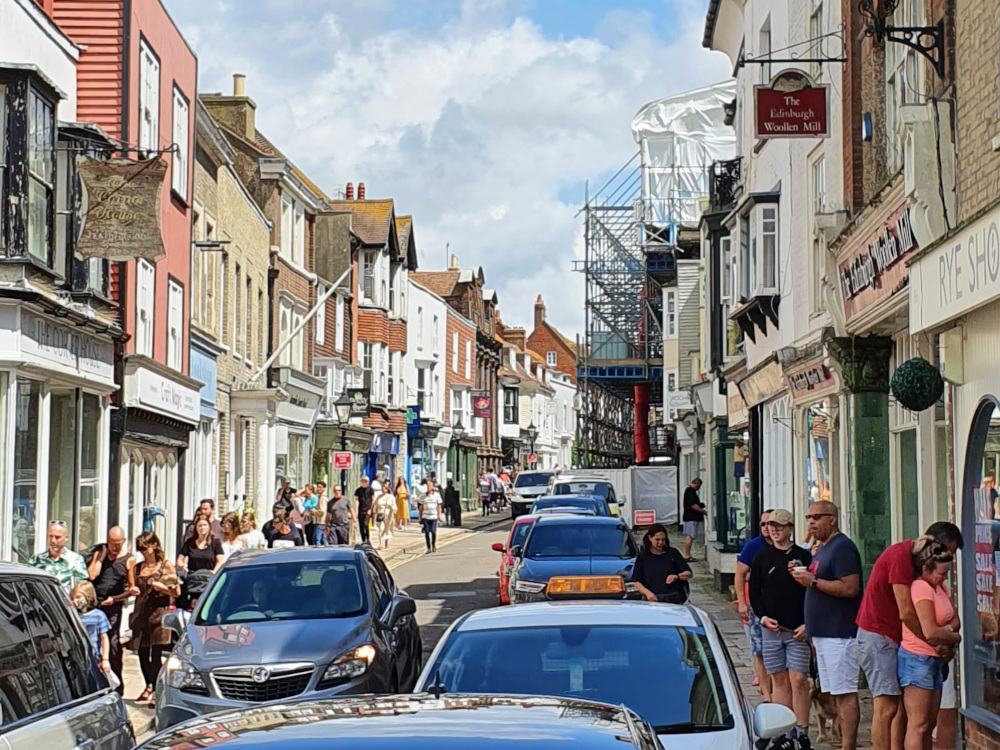Each week since lockdown on March 23 (now four months ago) the central team of Rye Mutual Aid (RMA) in its capacity as community hub for this area has been in contact with a range of authorities to take stock of the local Covid-19 situation in an attempt to prepare for whatever comes next during this pandemic.
This week the news is marked by uncertainty. The word crops up in most reports. Experts are divided on the possibility of a second wave particularly as the national figures indicate overall stability, What is more likely is that there will be localised “hotspots” of high infection rates as we have seen in Leicester.
A glance at the latest Public Health England numbers indicates widely varying rates across England. At time of writing there are several places where infection rates indicate a likelihood of more local lockdowns. However in East Sussex we can take some reassurance that the numbers remain relatively low.
The latest total infections per population are 289 total per 100,000, which is well below that of Kent at 515 total per 100,000. For comparison Leicester is 1,361 total per 100,000. High infection rates last month in Ashford, Hythe and Folkestone have yet to be fully explained. The risk is that as we get back to business, people visiting Rye and district may be from places where infection rates are much higher.
Staycations may become popular
After the government’s recent imposition of the 14 day quarantine on those returning from holidays in Spain, there are indications that tighter restrictions may be necessary in France and Germany. Confidence in a return to normal holiday travel has been shaken.
With good weather forecast again for the south coast, we may well see a repeat of large crowds at Camber and Winchelsea Beach, particularly as more are cancelling holidays abroad and opting for “staycations” and day visits to the coast.

Last weekend we saw large numbers of visitors back in Rye. Although face coverings were widely used in shops, social distancing was not obviously apparent. In the constraints of Rye’s narrow streets this is an issue, but is it one which must be tackled? Various measures are being examined to help.
With test and trace at the top of the government’s strategy for easing lockdown this is a process beset with problems. The first two weeks of statistics made available by the NHS suggest that at least a third of people are not providing their contacts to contact tracers and the NHS test-and-trace system in England only reached around 10 percent of the people the Office for National Statistics calculated were infected.
Adequate test-and-trace is vital
The director of public health for Birmingham emphasised this week that an adequate test-and-trace system is so important, particularly with no vaccine available. He says that “This virus has not gone away, another wave of infection varying from manageable to catastrophic is likely and with another wave could come a further entrenchment of inequalities in society”.
Although there are mobile (swab) testing stations in Bexhill and Ashford priority is given to NHS workers. There is pressure to allow this type of testing to be available to everyone in the future. For those with symptoms – high temperature, a new continuous cough, loss of taste and smell – it is possible to seek an NHS home test (swab test) at www.nhs.uk, but of course it is only good for the time of the test.
Speaking to The Doctor, the chair of the Commons health and social care select committee, Jeremy Hunt said: “in terms of test and trace, the evidence from all over the world shows that the more localised the approach, the more successful.” He cites Germany and Korea where localised processes have had success. REACT learns that accurate and available data is still an issue for local health planners.
With the virus continuing to be transmitted, the basic “mitigations” remain as important as ever: use of face coverings in enclosed spaces; washing hands for at least 20 seconds with soap and water; catching coughs and sneezes in tissues.
Friday, July 31 will see the end of formal shielding for the extremely vulnerable. For those who continue to wish to isolate, have symptoms or are perhaps in quarantine after holidays, RMA remains available to help.
Image Credits: Anthony Kimber .




Late am 31 July: As Camber is being closed by the Authorities because of huge numbers of visitors, PM announces some revision of guidance affecting the easing of lockdown. Chief Medical Officer says this morning that “we have probably reached the outer edge of what can be done to ease lockdown ”
REACT
Great piece Anthony. Thank you